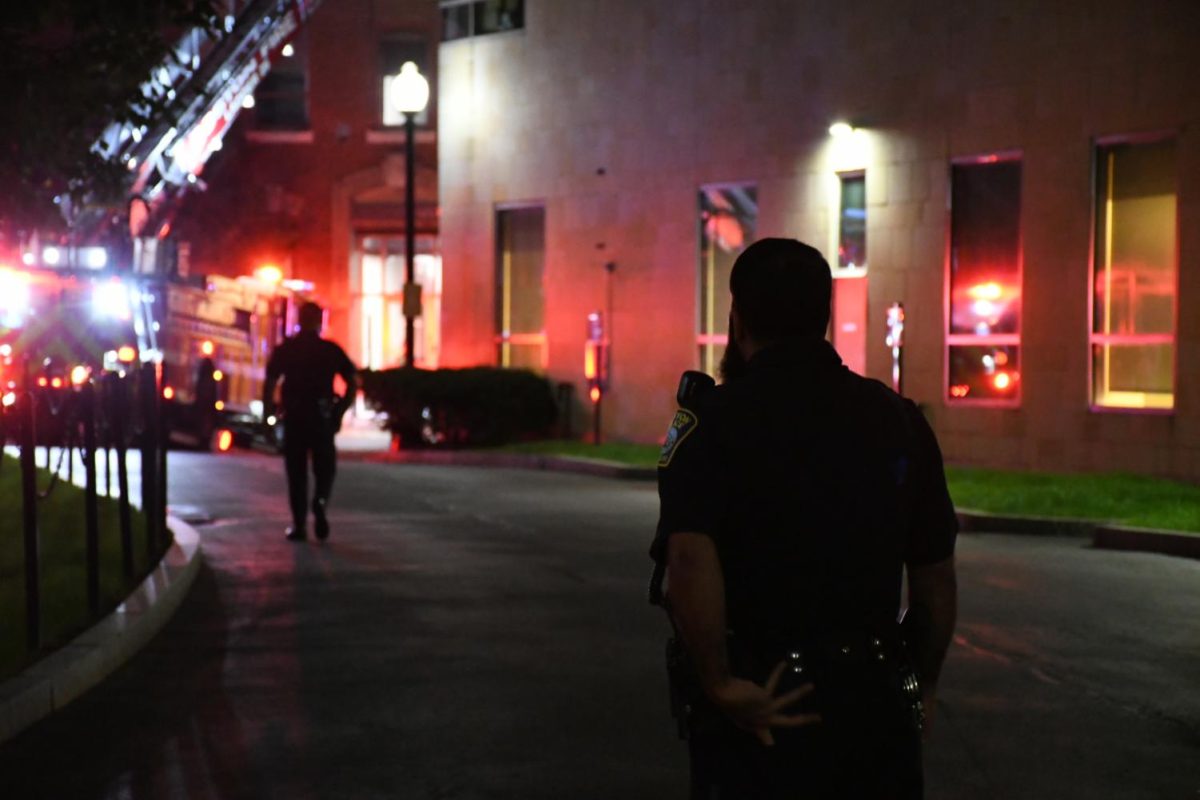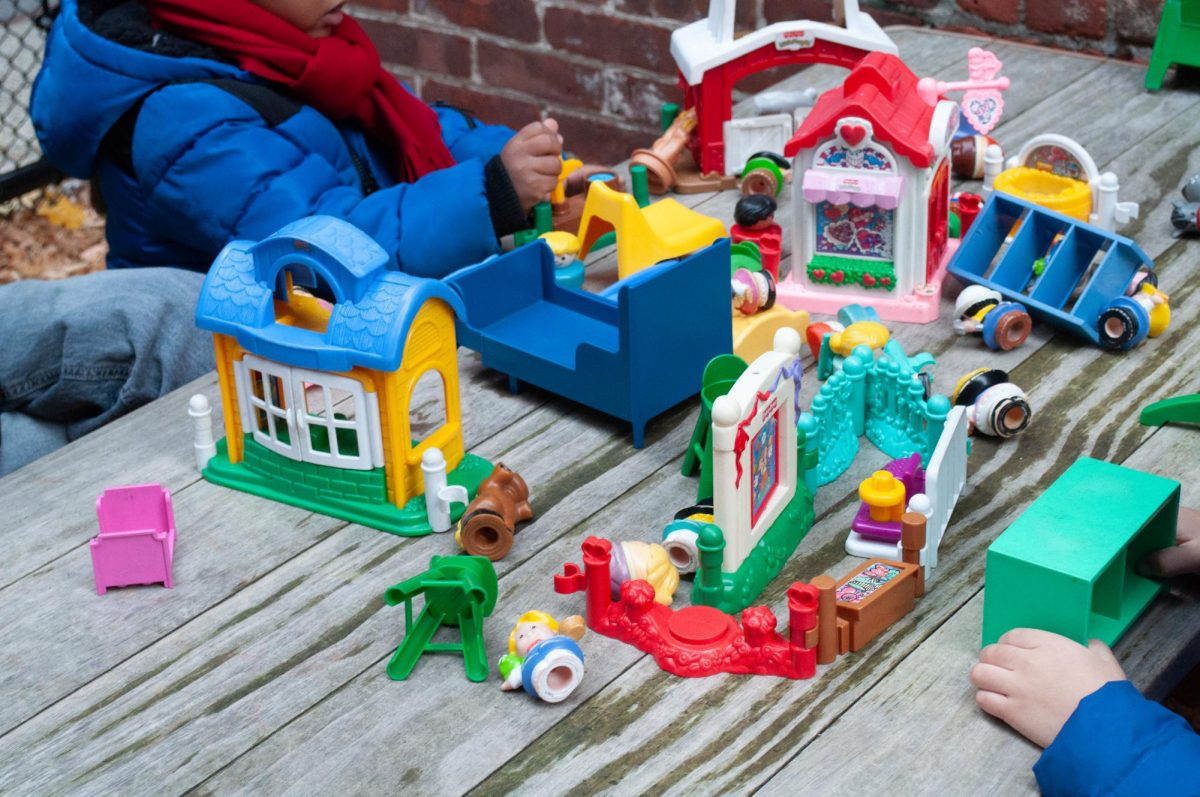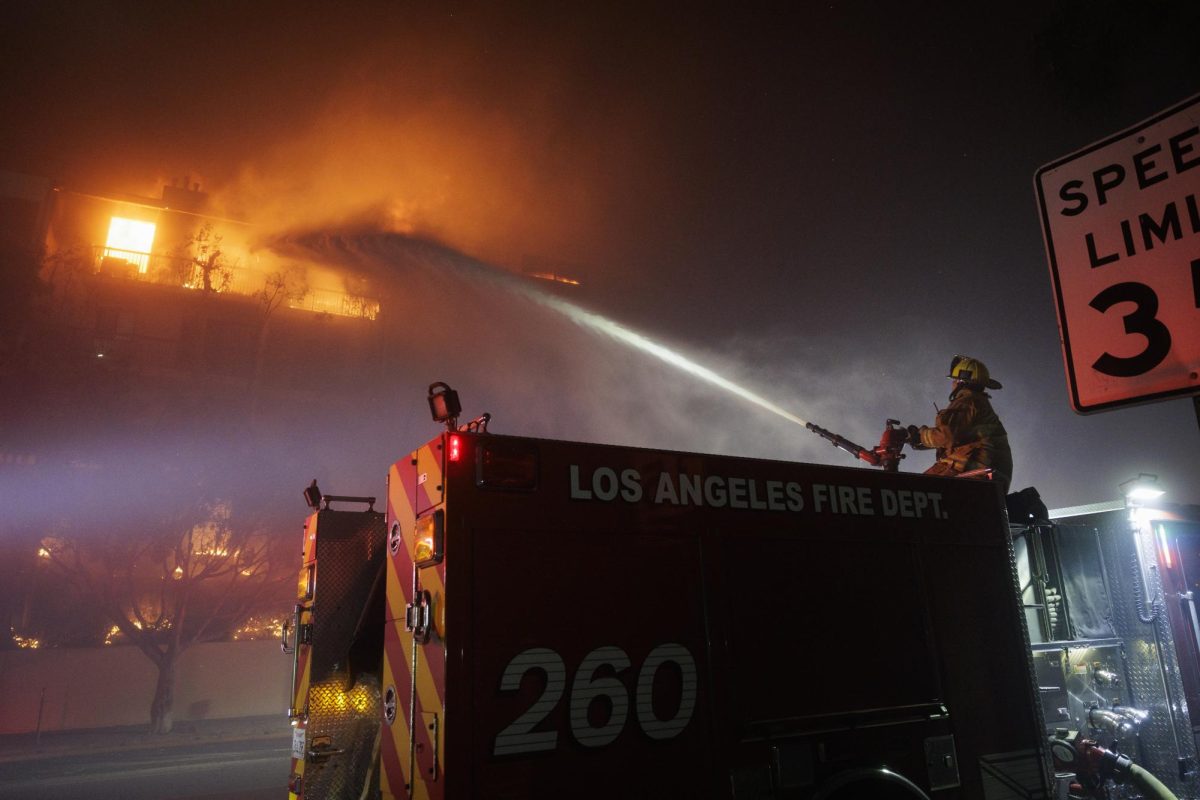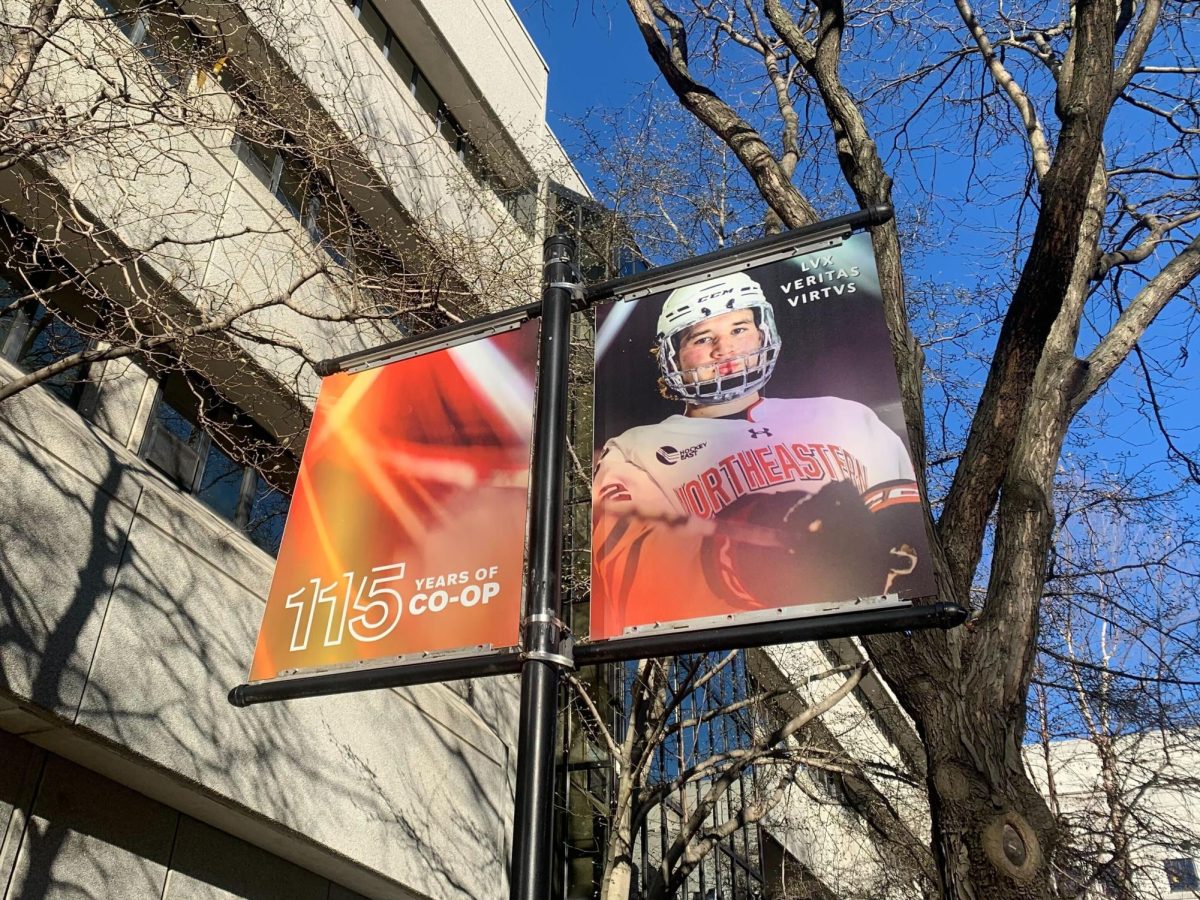
News Staff Photo/Matt Greene
By Raffaela Kenny-Cincotta, News Staff
After a blizzard dumped two feet of snow on Boston in early February, students and faculty bundled in winter coats and laced up their boots to embark on the frosty trudge to class. For those members of the Northeastern community with physical disabilities, a storm the size of the blizzard, popularly dubbed Nemo, presented unique challenges.
Nicole Wheaton is a middler communications major and business minor who has moderate cerebral palsy, and her condition affects her ability to efficiently use her feet, ankles and lower legs. When traveling to class, Wheaton uses an electric scooter for long distances and crutches to travel shorter distances. Wheaton described minor inconveniences during her travels year round, such as bikes on handicap ramps and large crowds of students blocking her way.
“Overall it’s fine though because most of the buildings have ramps and elevators,” she said.
When it comes to inclement weather, though, Wheaton said that often it is better to just avoid the snow.
“During the biggest part of the Nemo storm recently, I actually ended up getting out of Boston just because with that much snow and that much volume there’s only so much the university can do,” Wheaton said. “So I just ended up going home for the weekend, because I knew it’s really hard to get around and normally when there’s storms of that scale there’s not much you can do besides stay inside because electric scooters can’t really get around in that amount of snow.”
A resident of West Village E, Wheaton added that although she wasn’t in her dorm room during the worst of Nemo, she heard that university officials were concerned for her well-being.
“One of the RAs was saying that he had knocked on my door on Friday when the university was closed because he knew I was a handicapped student,” she said. “He wanted to check on me and see if I was okay or if I needed anything because he knew it would probably be hard for me to go out with my scooter.”
According to Madeleine Estabrook, who oversees University Health and Counseling Services (UHCS) as well as the Disability Resource Center (DRC), it is difficult to determine how many Northeastern students have a physical disability because it is optional for disabled students to inform officials at the DRC of their condition.
“It’s not really a demographic we keep. I can tell you [disabled students] are somewhere around three percent of the student population, but we don’t know for sure,” Estabrook said in a phone interview.
As written on its website, the DRC is intended to provide disabled Northeastern students with “equal access to the academic experience at Northeastern University” in addition to promoting “independence and self-advocacy within each individual.”
Estabrook added that the services the DRC provides vary in terms of “the challenge that the student presents.” Scheduling a handicapped student’s classes in buildings within a close proximity to one another is “the standard accommodation that many of our students with mobility concerns would attain.”
Discussing the recent pileup of snow on campus, Estabrook mentioned that students with disabilities did not have much of a problem getting around campus. In regard to the clearing of snow from walkways she said, “Facilities does a wonderful job to make sure that our access ways are available.”
Wheaton identified some of the recurring problems she faces during the chilly Boston winter as “spinning out on ice” while on her scooter, as well as slipping on wet, salted floors when on her crutches. Wheaton also lamented how frigid temperatures often hinder the effectiveness of her scooter’s battery, saying that it will sometimes “take 20 minutes to get across campus, which is absurd.”
On the Monday following the blizzard, Wheaton said her journey to class was more difficult than she is used to.
“The snow was so piled up on the side of the ramps that it was a really narrow space and sometimes the snow would fall,” she said. “A couple times when I was scootering on the ramp, snow would fall on my lap or on the floor of my scooter … but in general I can tell that they tried to salt the ramps and get the snow off, but it was really hard because there was so much.”








